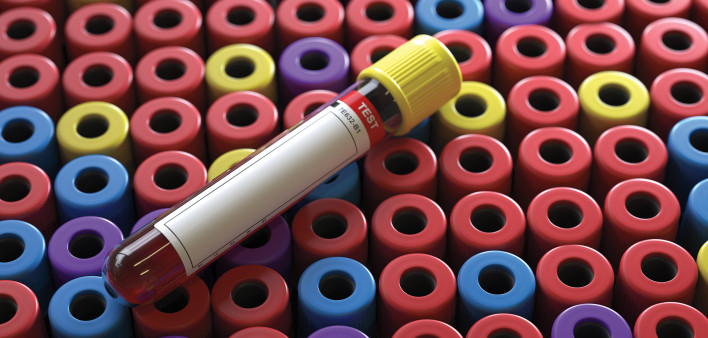How Do I Know If I Have HIV?
The CDC recommends everyone ages 13 to 64 get a routine HIV test at least once.
If you think that you might have been exposed to HIV, it’s very important to get tested promptly. If you test positive, starting antiretroviral treatment quickly will minimize damage to your immune system and reduce the risk of transmitting the virus to others. The Centers for Disease Control and Prevention (CDC) estimates that around 14% of people living with HIV do not know they carry the virus.
The CDC recommends that everyone ages 13 to 64 get a routine HIV test at least once. People at risk for HIV should get tested more often. Guidelines recommend that people taking pre-exposure prophylaxis (PrEP) should be tested at least every three months.
The most common type of HIV screening test looks for antibodies against the virus; the ELISA test is most widely used. It may be done using blood drawn from a vein, a blood drop from a finger stick or an oral fluid sample collected from the gums with a swab.
Rapid tests can return results in as little as 20 minutes. Because it takes some time for the body to produce antibodies, it can take at least 23 days—and up to 90 days—after exposure before this type of test can show a positive result; this lag time is known as the window period.
Combined antigen/antibody tests look for both antibodies and antigens, which are proteins from the virus itself. An antigen called p24 becomes detectable before antibodies are produced, so this type of test can show a positive result in as little as 18 days. These tests are done in a lab using a blood sample.
Nucleic acid tests look for HIV genetic material, usually RNA, in the blood. This laboratory test can detect HIV in as little as 10 days after exposure. The test is expensive and not used for routine screening, but it may be used in some cases to detect early infection. This is the same type of test used to measure viral load and guide treatment for people living with HIV.
Rapid antibody tests are available from many community-based organizations, some of which run mobile or pop-up test sites. Home antibody tests can be purchased at a drugstore or online. If an initial rapid test or self-test is positive, it is important to see a health care provider for a follow-up laboratory test to confirm the result.
If you get an HIV test soon after a potential exposure and the result is negative, you should get tested again after the window period ends to confirm your status. If follow-up tests are positive, explore your options for starting treatment promptly.







Comments
Comments